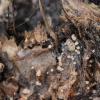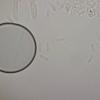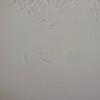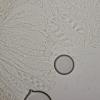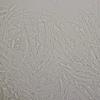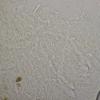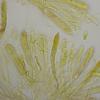
20-12-2025 23:08
Patrice TANCHAUDBonsoir, récolte sur sol sablonneux dans l'arri�

20-12-2025 15:47
Mirek GrycHi.These grew on pine wood that was heavily covere

18-12-2025 21:17
Pol DebaenstThe identification took me to Byssonectria deformi

15-12-2025 07:09
 Danny Newman
Danny Newman
indet. Rutstroemiaceae sp. on unk. fallen leavesMc

19-12-2025 10:10
Patrice TANCHAUDBonjour, récolte réalisée en milieu dunaire, a

18-12-2025 17:23
 Bruno Coué
Bruno Coué
Bonjour,je serais heureux d'avoir votre avis sur c

18-12-2025 18:07
Margot en Geert VullingsThese plumes were found on rotten wood.They strong

17-12-2025 18:35
 Michel Hairaud
Michel Hairaud
Bonjour à tous/Hi to everyone I am passing along

on Jan 19th 2020, I found some pinkish ascomycetes at the base of dead stems of Heracleum mantegazzianum in the Leyerbachtal in Remscheid, Northrhine-Westphalia, Germany.
Asci with croziers, hemiamyloid.
Spore size (12.9-15.1) µm x (4.5-5.4) µm, mature spores septate once or twice (if twice, the spore is divided in a ration of 1:1:2), spores are surrounded by a hyaline gelatinous material.
Hairs are massive and sharply pointed.
I already posted this in another Forum at https://www.pilzforum.eu/board/thread/47220-mab-exkursion-leyerbachtal-20-01-20-teil-2 where you can find more pictures (all in full resolution). It was suggested that this might be something close to what can be found in Zottos Iridinia-Hyalocrotes folder. Any ideas or thoughts?
Best,
Björn







